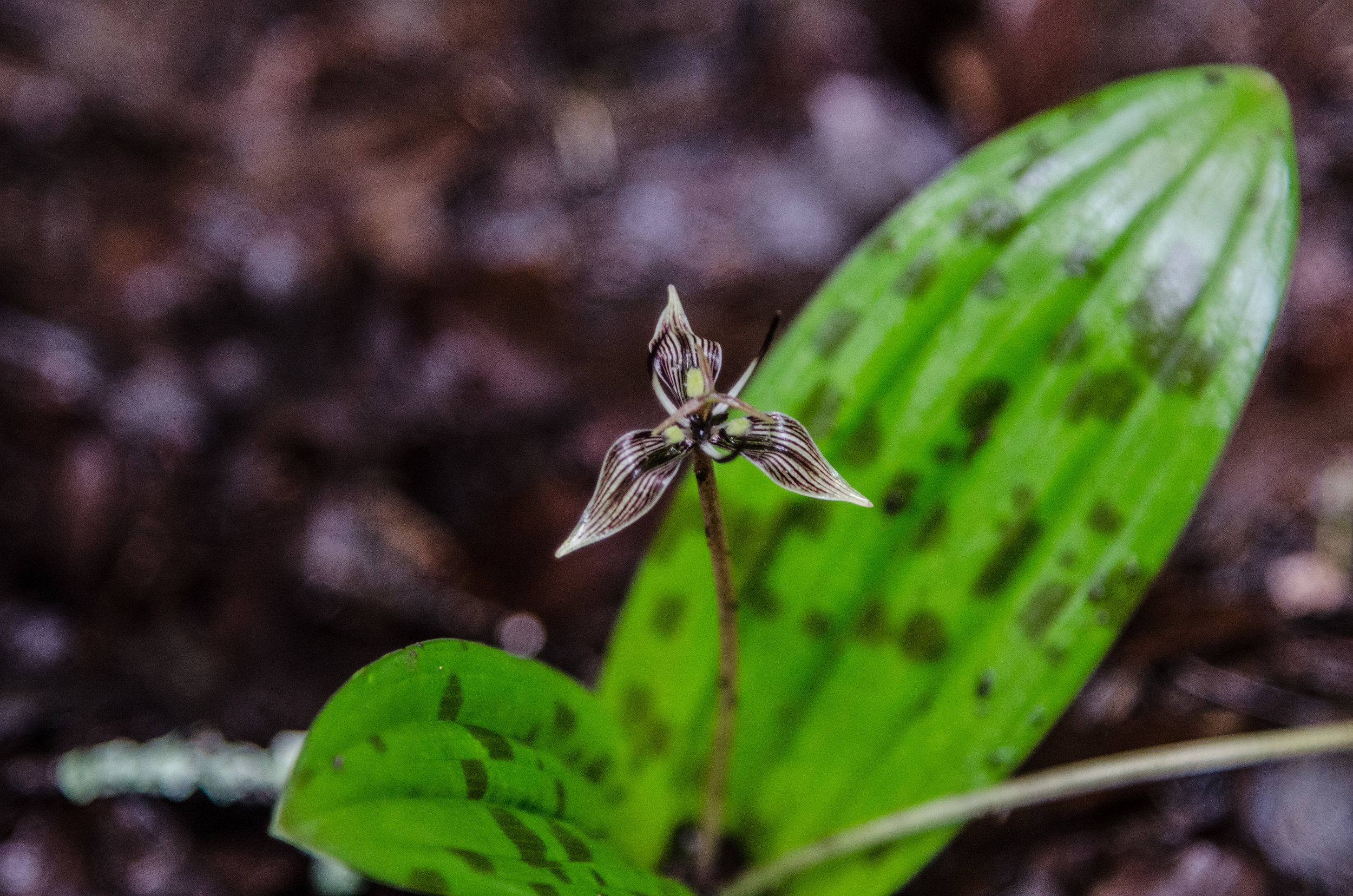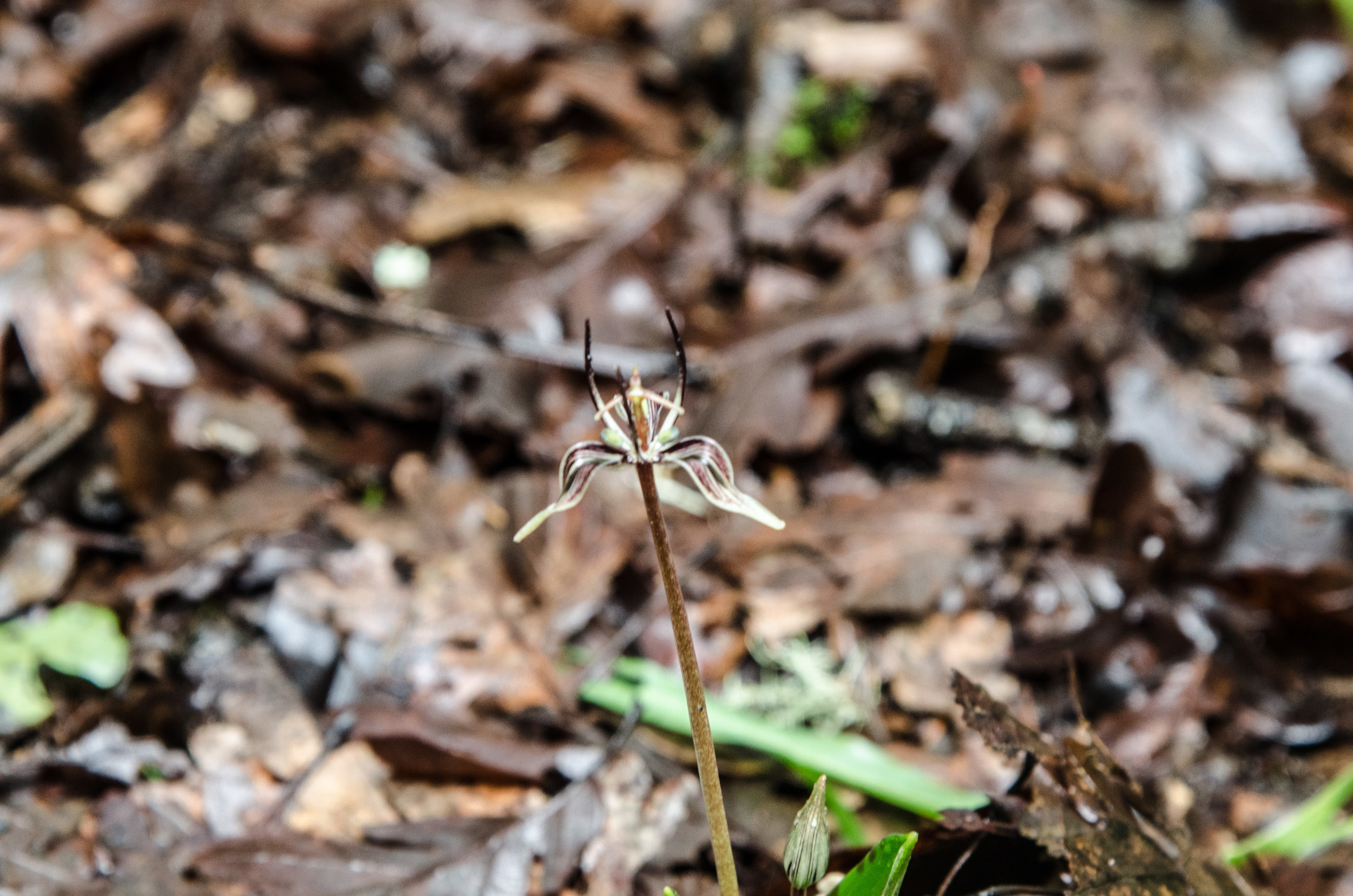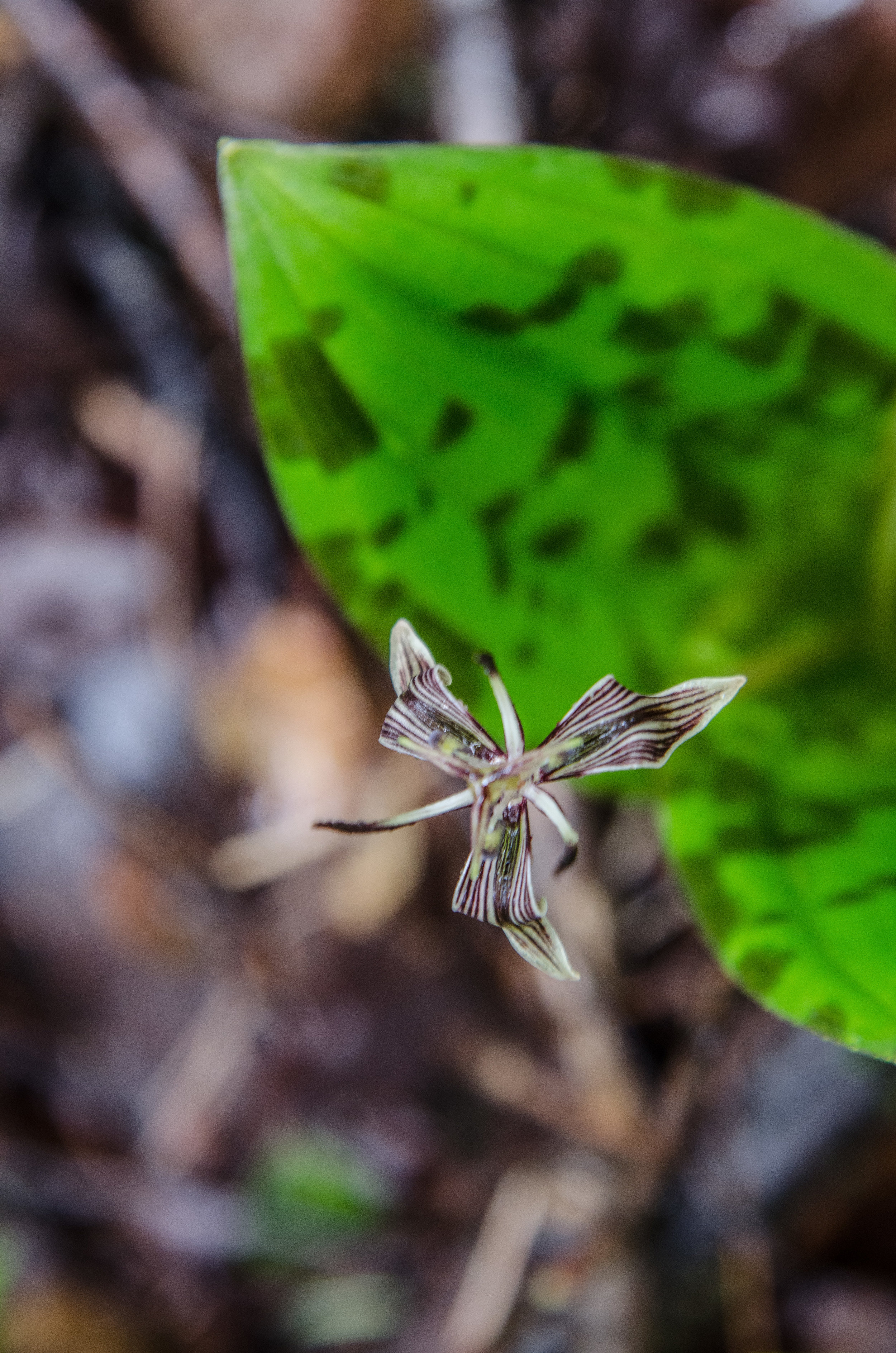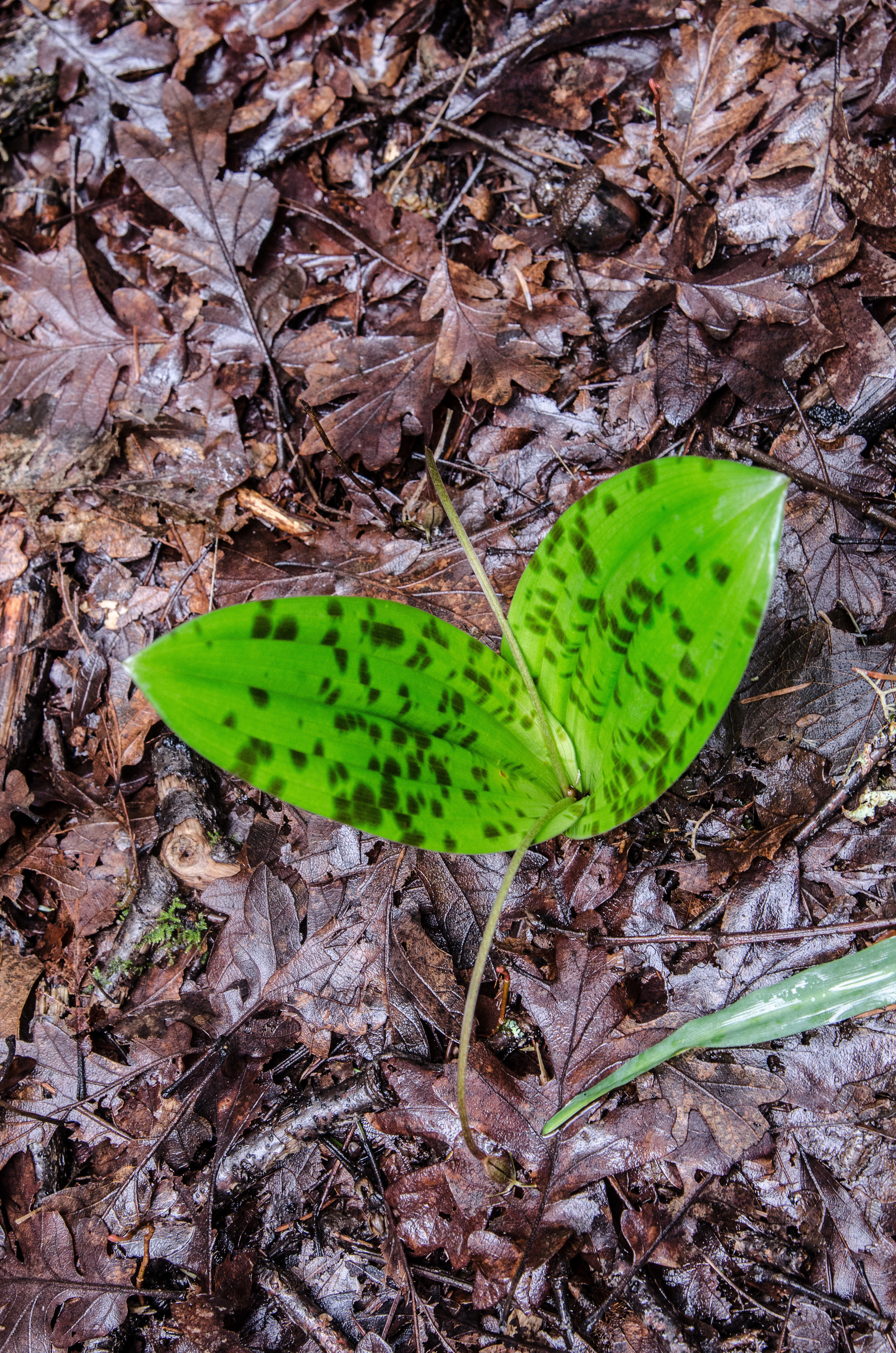First Signs of Spring
Fetid Adder’s Tongue
Scoliopus bigelovii
I saw my first Adder’s Tongue in Bloom Today.
They were lovely little beings. ♥
In a class that I took with other naturalist kindred spirits last year, one of our teachers set us loose along a well trodden path to the waterfall in Armtstrong Woods. Our task was to team up and educate our fellow classmates about a patricular item we had found in the dimming light along the trail. After spending ten minutes coaxing others to enter a goose pen, my team members and I proceeded down the trail and were soon shown the mottled and waxy leaves of the Fetid Adder's Tongue amongst the redwood duff on the forest floor. It was long past it’s blooming date. My classmates told me various interesting things about it…which I’ll talk about more in a bit, butThe leaves of the plant made an impression on me - bright, waxy green with maroon spots. I made a mental note to watch for the leaves in order to spot one in flower the following spring.
Last Week…
I started stalking these happy pairs of leaves sprouting from the forest floor to wave at the sky.
This week, I leaned down to get a closer look at the leaves, and voila! Perfect little blooms. And once I saw the first one, the others visually emerged to shyly say hello.
And then, I decided to revisit those things my classmates had taught me, and explore Fetid Adder’s Tongue further with a nature journal entry.
Some Fun Facts about Fetid Adder’s Tongue!
The blooming flower is one of the first signs of spring.
“Fetid” means bad smell. The flowers have an unpleasant odor (to humans) that attracts fungus ants, who then pollinate the plant.
When the seed is ready to move on from the flower, the pedicel droops and eventually deposits the seed on the ground.
Ants then take the seeds away from the plant, eat the sweet part of the seed (elaisome), and leave the rest of the seed underground to sprout, thus helping the spread of Fetid Adder’s Tongue.
The plants like moist and acidic soil, which is why they are found in redwood forests. Look for them on hillsides above creeks.
The leaves can be made into a poultice to treat skin issues.








